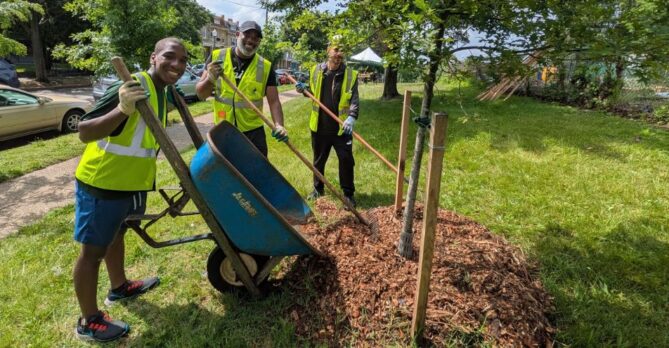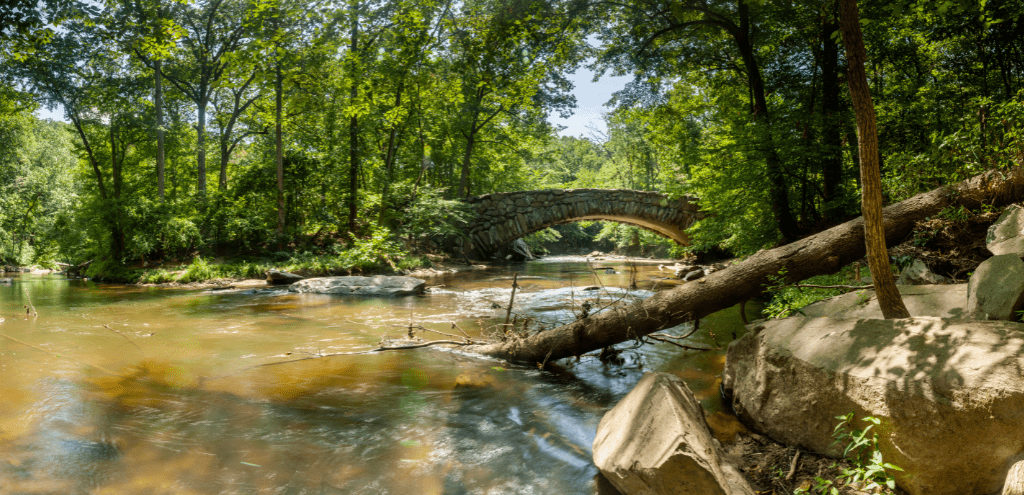
This May has been unusually cool, but later this week we’ll see our first 90-degree day – one of many to expect this summer. Our capital city is notorious for its hot and humid weather. And as spring turns to summer, so does our small talk about the weather. We’ve all heard it before:
“It feels like walking through soup out there.”
“It’s not the heat, it’s the humidity!”
And our favorite: “DC is a swamp!”
This summer, these phrases will be thrown around at barbecues and park outings citywide. DC may be hot and humid in the dog days of summer, but is DC really a swamp?
The short answer is no. The notion is a myth fueled by catchy political slogans and a misunderstanding of the true natural environment in our nation’s capital.
DC is Hot and Getting Hotter
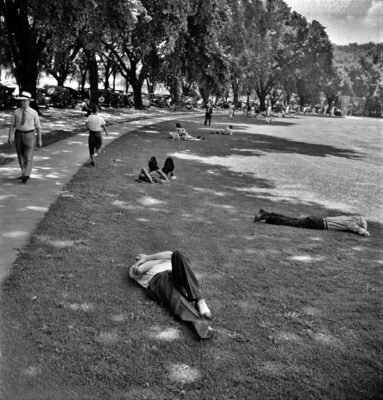
DC’s hot and humid weather has more to do with its geography and our changing climate than anything else. DC and the southeast receive air masses from the Gulf of Mexico and the Atlantic Ocean, both of which are rich in moisture. This leaves us with dense air that holds on to water vapor, creating dew points that can rival southern Florida.
Cities like DC are also “urban heat islands,” where concrete, asphalt, and buildings absorb and retain heat, raising both temperature and humidity. This effect is intensified at night, as these materials slowly release stored heat, keeping the air warm and muggy.
Last summer was the hottest on record, and this summer promises to be another scorcher, as the National Weather Service predicts a seasonally warmer summer from June through August. It’s an ongoing trend, as 9 of the last 10 hottest summers have occurred since 2010, and 2025 has the potential to enter the top 10 as well. It is this increasingly hot and especially humid weather that may lead some to believe people when they say, “DC is a swamp.”
A Myth Rooted in Political Catchphrases and Poor Drainage
The National Mall and parts of the riverfront were once tidal flats or marshes, which were later filled in and engineered—especially in the late 19th century—to create the parklands and monuments we see today. But before that major renovation, flooding and poor drainage made some areas muddy and mosquito-prone, which inspired the “swamp” moniker.
Early residents and visitors sometimes described parts of the city as swampy due to frequent flooding, poor drainage, and unpleasant conditions before major engineering projects reshaped the landscape. The phrase later took on a metaphorical meaning, used to criticize political corruption in Washington, which helped cement it in popular culture.
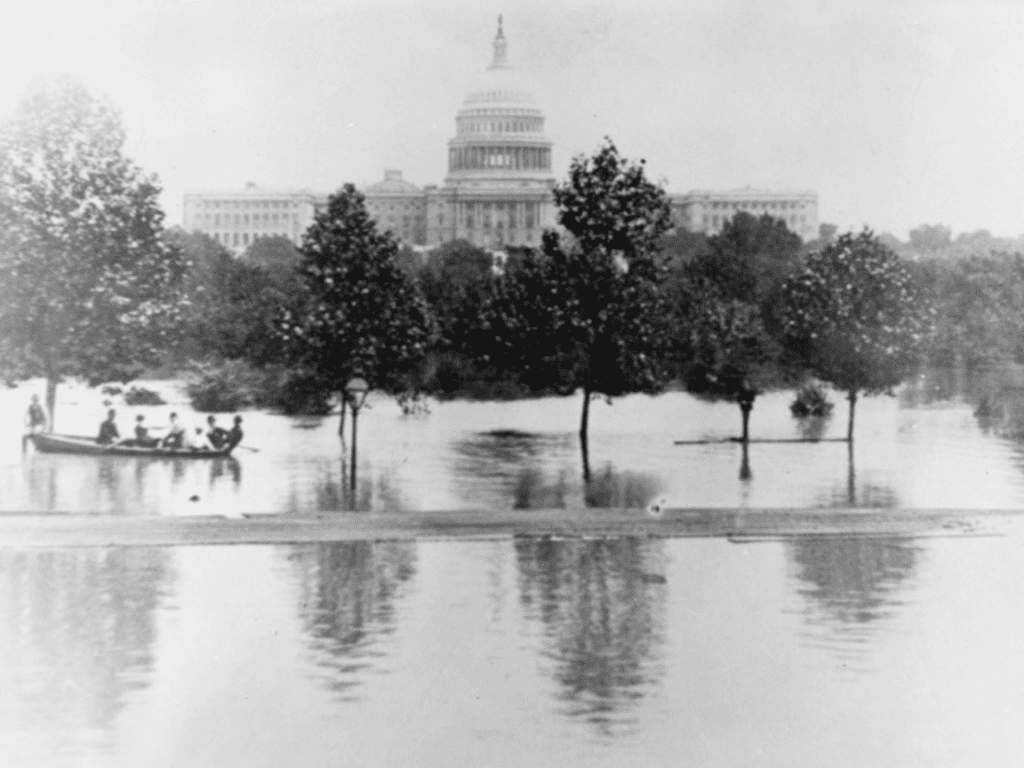
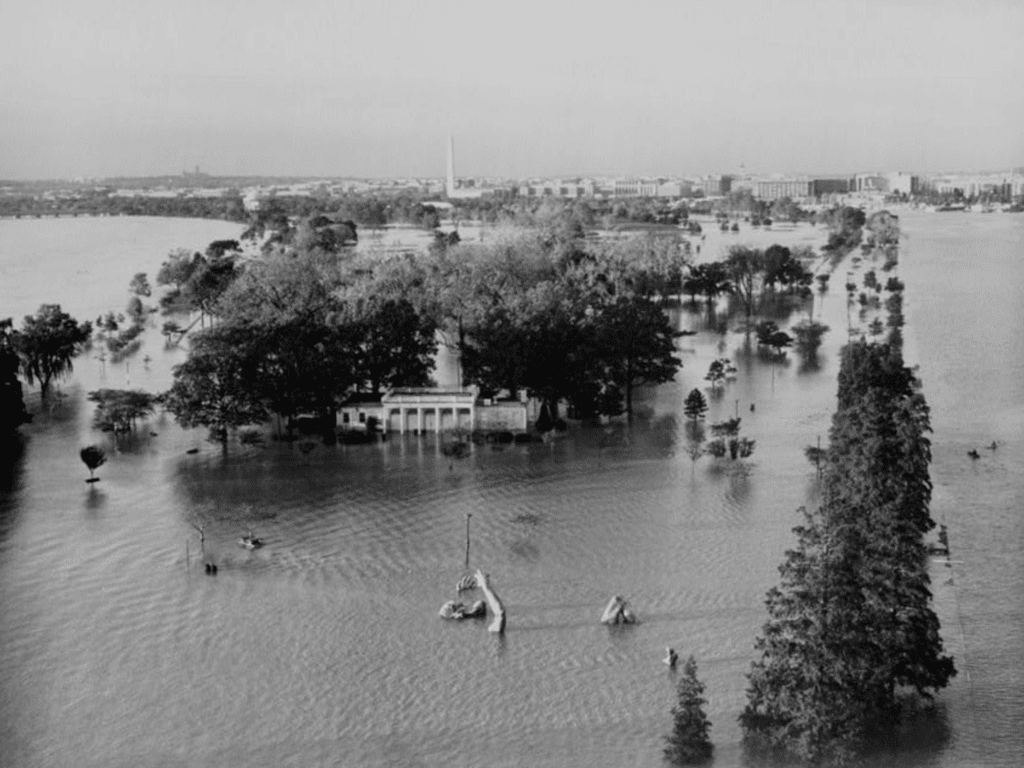

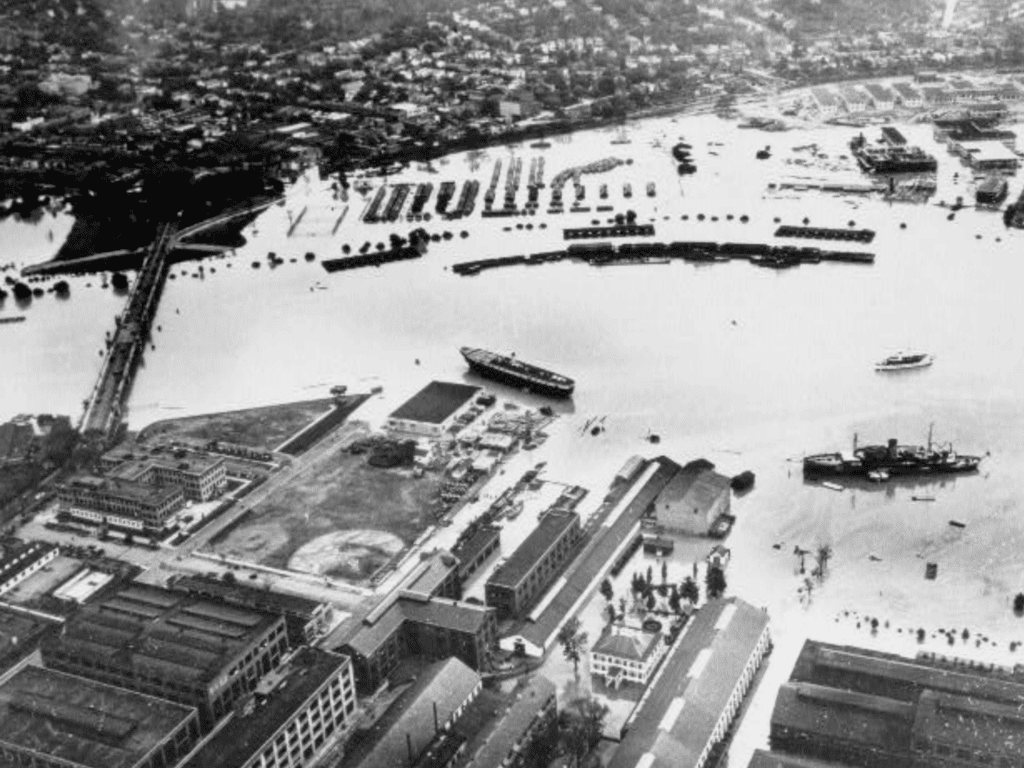
DC is more of a Forest than a Swamp
Washington, DC’s real story is far more rooted in trees than in swamps or marshes. From its earliest days, trees have been a defining feature of DC. Pierre L’Enfant’s original city plan in 1791 intentionally incorporated green spaces and tree-lined avenues, reflecting the area’s natural woodland character. While some low-lying areas along the rivers were covered in wetlands, the majority of the District’s natural landscape was, and in many places still is, a forest.
Today, approximately 37% of the city is covered by tree canopy, and DC boasts one of the highest percentages of parkland among U.S. cities, with nearly a quarter of its land reserved for parks. Large tracts of forest remain in places like Rock Creek Park and Fort Circle Parks, preserving the city’s woodland heritage.
DC certainly has many wetlands and swamp-like areas. After all, we’re located between the Potomac and Anacostia Rivers. But if humans weren’t here and DC were undeveloped, it would look far more like Rock Creek Park than Theodore Roosevelt Island.
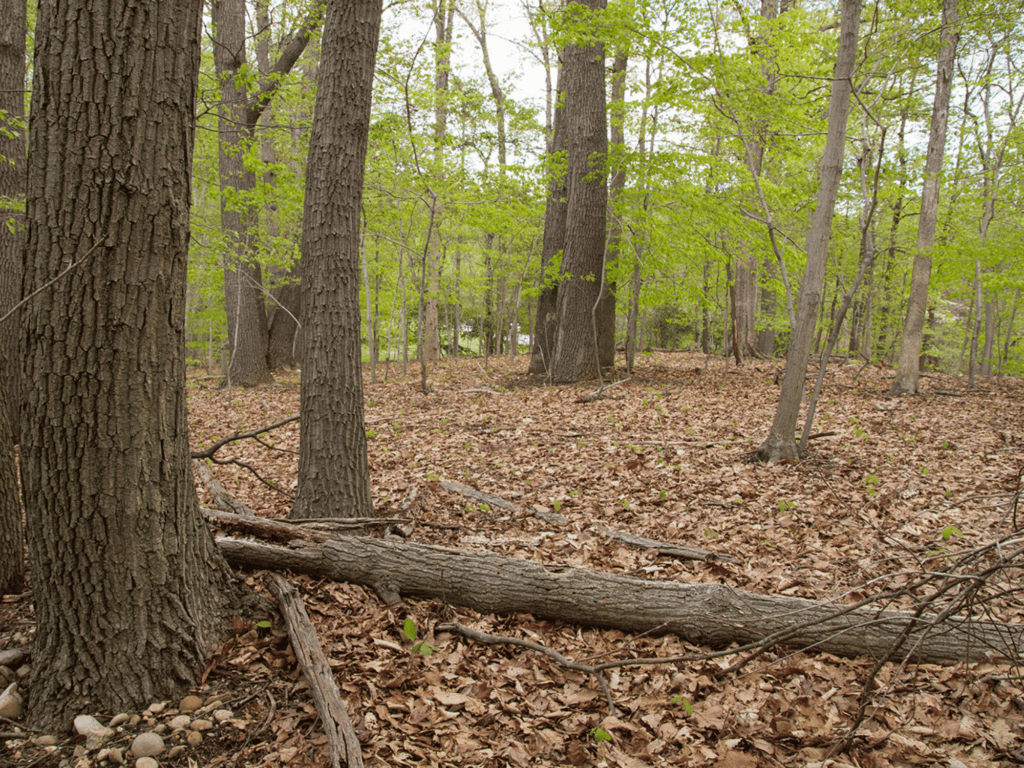
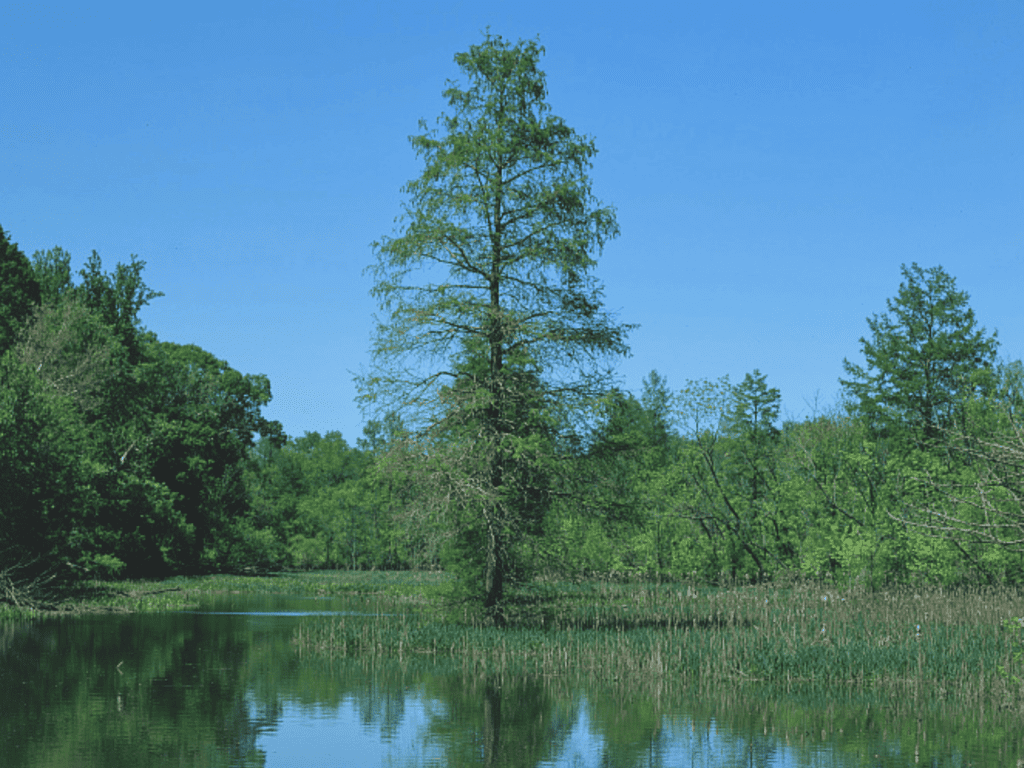
Biodiversity: More Than Meets the Eye
The District’s unique geography, which straddles the Atlantic Seaboard Fall Line, creates a mosaic of habitats, from upland forests to riverine woodlands. This diversity supports at least 390 vertebrate species and thousands of invertebrates, making DC one of the nation’s most biodiverse urban environments. While wetlands and streams were once more extensive, forests dominated the uplands, with species like oak, beech, and tulip tree forming the backbone of local ecosystems.
It’s true that DC has lost much of its original forest and wetland cover. Yet, the city’s commitment to preserving and restoring natural spaces is strong. Early protection of large parks and ongoing conservation efforts mean that DC’s forests, though mostly second growth, continue to provide vital habitat and green respite for residents and wildlife alike.
(In fact, this year, DC was rated the nation’s best big-city park system by the Trust for Public Land for the fifth year in a row.)
Your Role in DC’s Forest Future
Every tree planted and every patch of habitat restored helps keep DC a city of trees. By supporting local conservation, planting native species, and advocating for green space, we can all help ensure that the District’s leafy legacy endures.
Making an impact on our future forest is as simple as planting a free tree in your yard, or even replacing your grassy lawn with a native plant garden that looks a lot more like the native landscape that once existed here. You can also get a rebate if you plant your own tree.
And with that, it’s time to leave the phrase “DC is a swamp” behind us and to embrace our true nature: a forest.
Maybe we can all help create a new epithet, “DC is a Forest!” instead of “DC is a Swamp.” It’s more optimistic, with trees reaching high to the sky, and is more emblematic and representative of our city – not only the natural environment, but it’s spirit!
